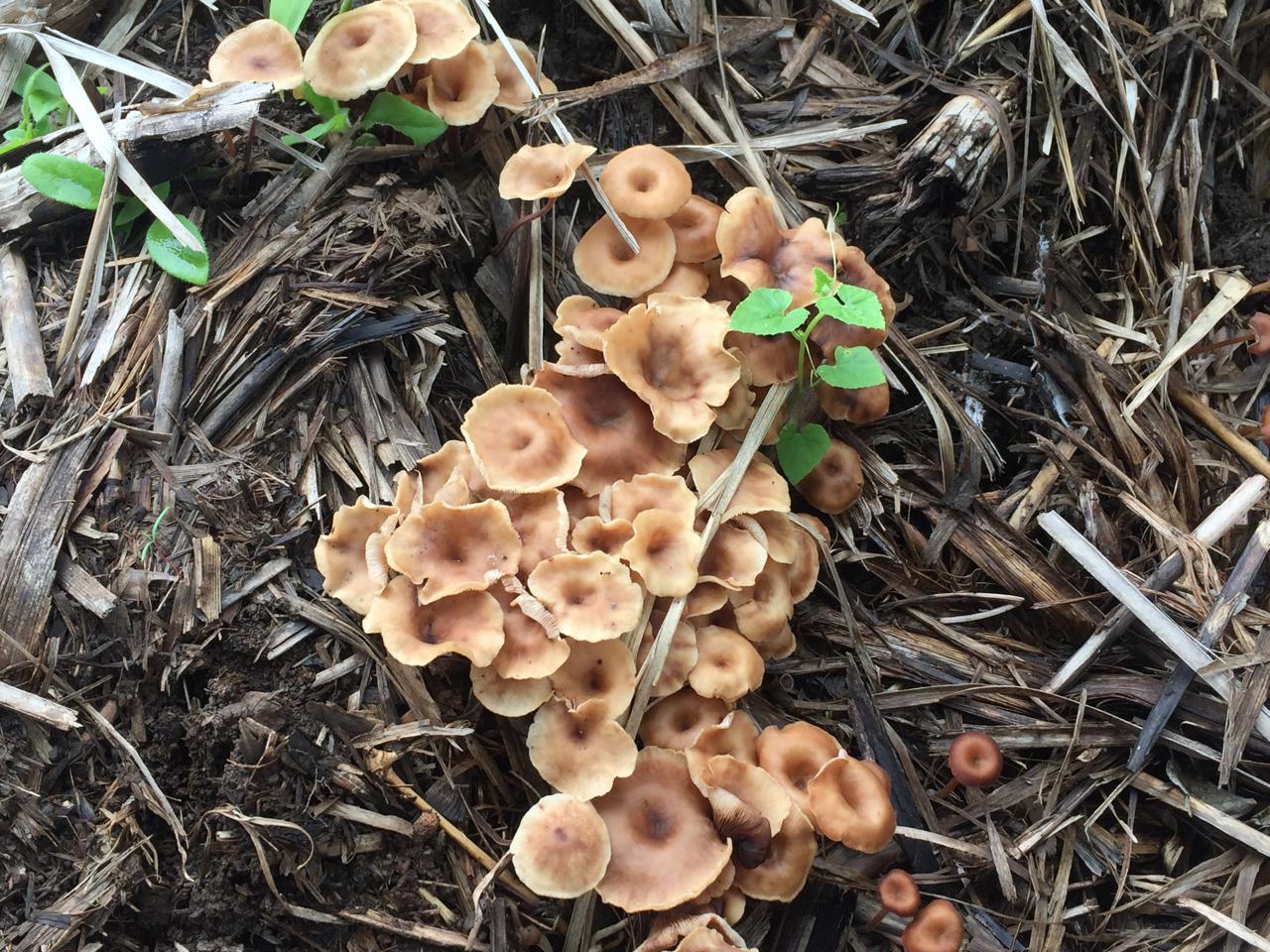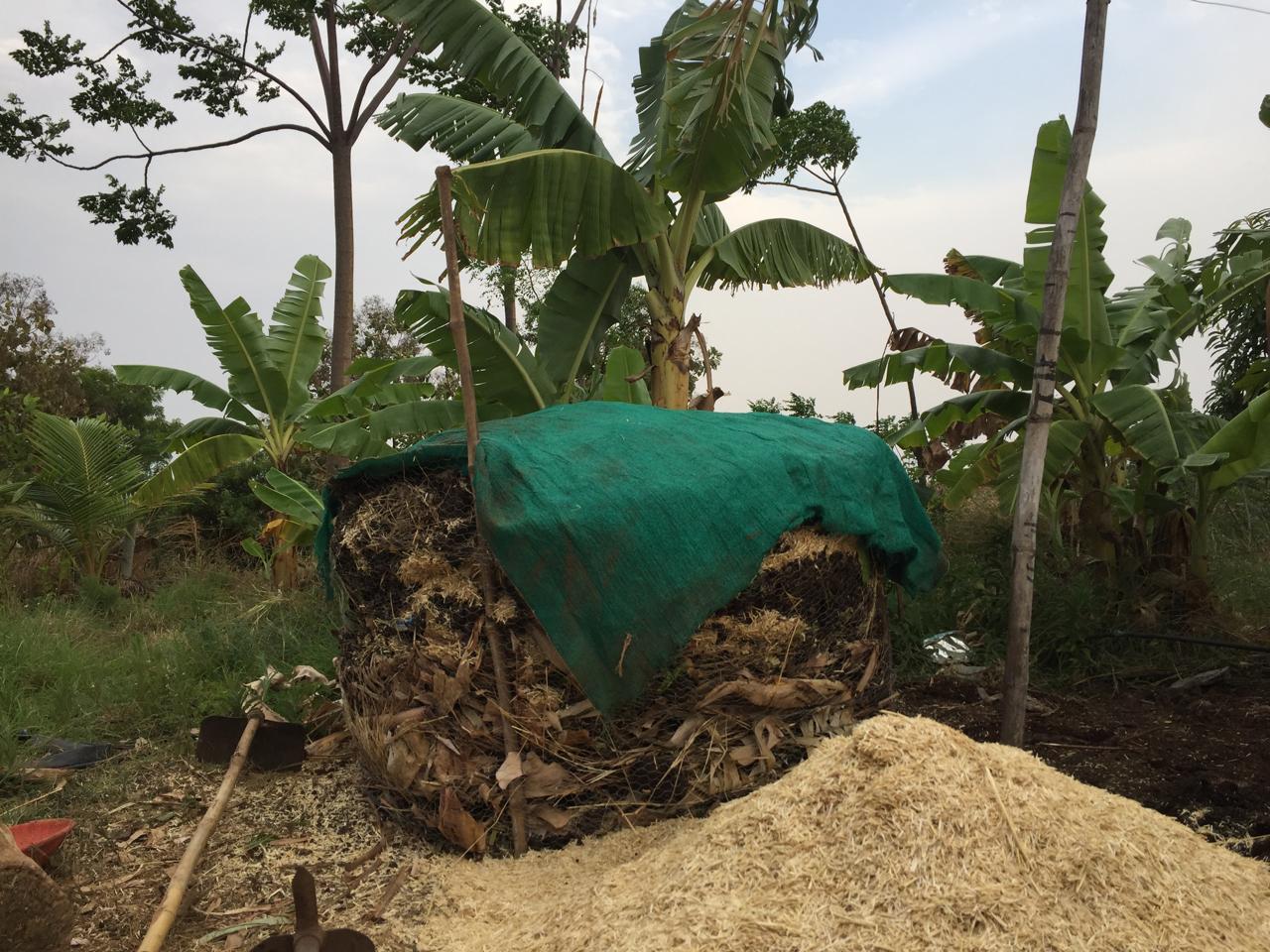Beneath our feet, woven silently into the fabric of the soil, lies a world that rarely meets our eyes but constantly shapes our lives. It is ancient, vast, and alive with quiet intelligence.
This is the world of fungi. Not just the mushrooms that emerge after the rains, but the delicate, fibrous threads that travel underground. These mycelial networks form one of the most essential living systems on the planet. In many ways, they are nature’s communication lines — a living network that connects trees, plants, and soil into a unified, responsive community.
At The Zakoji Farm, where observation often leads our hands before action does, we have come to see fungi not as an afterthought, but as a guide. They remind us that life thrives through connection.
Fungi and the Gift of Nourishment
Fungi do not give without receiving. Their relationship with plants is one of balance and reciprocity.
The mycelium wraps gently around plant roots and extends their reach into the soil, drawing in water and minerals like phosphorus and nitrogen that would otherwise remain out of reach. In return, the plants send sugars down through their roots, feeding the fungi with the products of sunlight and air.
This exchange is not an exception. It is the rule. Without this relationship, many forests and gardens would not flourish. In nutrient-poor soils, fungi often make the difference between life and struggle. Their work supports biodiversity, resilience, and the quiet flourishing of life.
The Great Recyclers
Beyond their role in communication and exchange, fungi also serve as nature’s recyclers. When a branch falls, leaves gather, or an animal dies, fungi begin their quiet work of transformation. They break down complex organic matter into nutrients the soil can hold and pass on to new growth.
This is called nutrient cycling, and it is one of the foundations of healthy ecosystems. Without fungi, the forest floor would become a layer of lifeless debris. Instead, it becomes a cradle of fertility.
At the farm, we see this play out in compost heaps, mulch beds, and in the shaded corners where mushrooms sometimes bloom. They tell us the soil is working — that life is being broken down, reformed, and returned to the cycle.
Fungi in Permaculture: Harmony and Humility
Permaculture is not just a method of growing food. It is a way of listening to the land and building systems that mimic the wisdom of nature. Fungi fit this philosophy beautifully.
In a healthy permaculture system, fungi are everywhere. They decompose organic matter, build soil structure, and support plant health. More importantly, they demonstrate the strength of interconnectedness. Nothing in nature stands alone. Each element supports another.
Fungi offer a humbling perspective. They show us that the smallest organisms can shape the largest systems, and that change often happens not through force, but through quiet persistence beneath the surface.
A Living Metaphor
The more we learn about fungi, the more they resemble a metaphor for how we might live — in connection rather than isolation, in mutual care rather than competition.
They remind us that even when things appear still, life is moving and sharing below the surface. Like villages that thrive when everyone contributes, ecosystems flourish when each part plays its role. And fungi, though often invisible, may be the threads holding it all together.
A Final Reflection
The next time you see a mushroom rising from the ground, let it stop you for a moment. It is more than a wild fruit of the forest. It is a sign that something deeper is at work, something ancient and wise. A system that gives and receives, nourishes and recycles, listens and responds.
Fungi are not just part of the natural world. They are the quiet architects of it.
At The Zakoji Farm, we continue to learn from them — not just how to grow food, but how to live gently, in tune with the invisible forces that sustain life.


